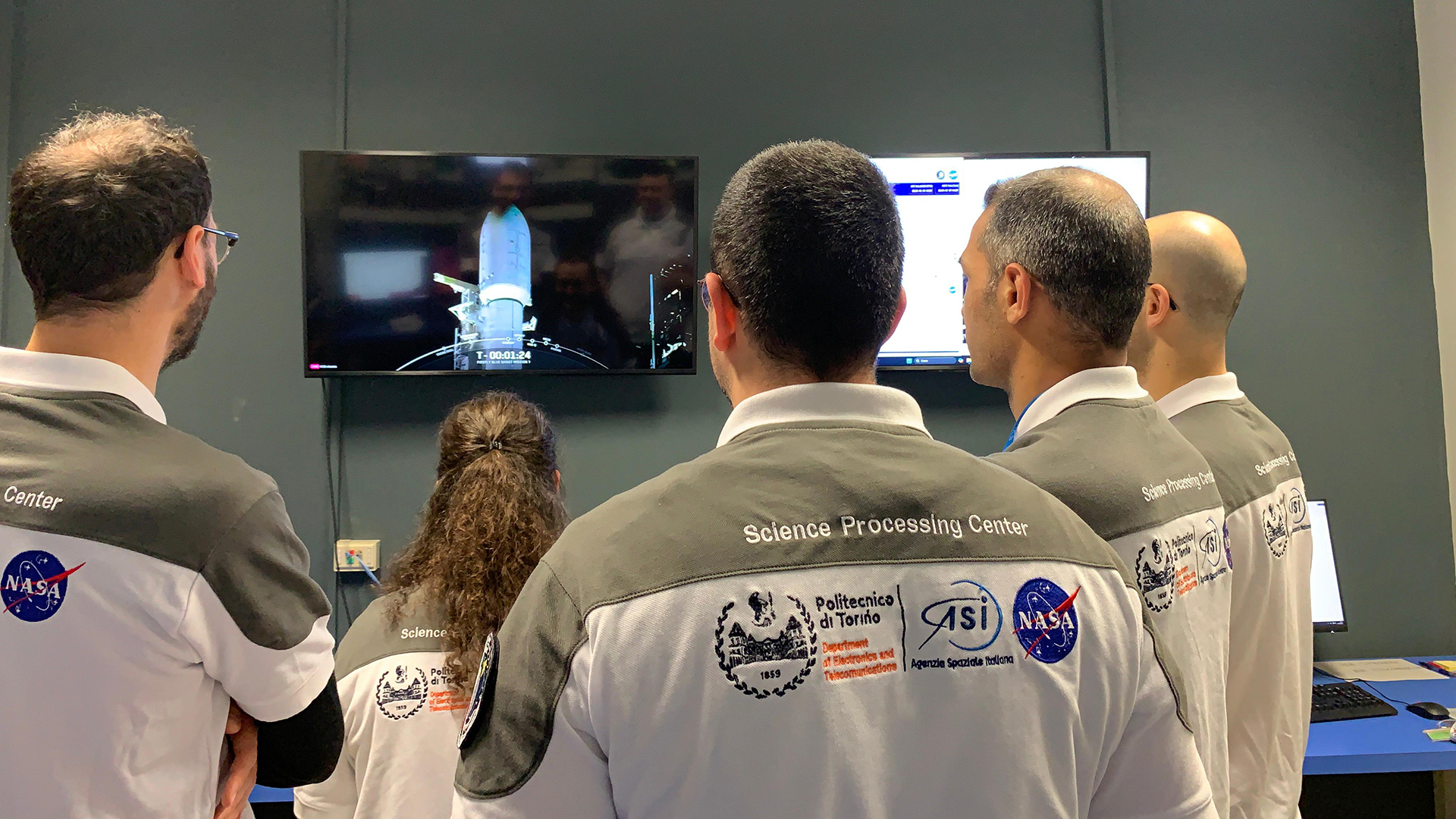
PoliTO to the Moon with LuGRE project
Around 7 a.m. Wednesday morning (Jan. 15), Space X's Falcon 9 rocket lifted off, kicking off the LuGRE (Lunar GNSS Receiver Experiment) mission to the moon, hosted with nine other science experiments aboard the Blue Ghost lunar lander. LuGRE is the result of a collaboration between NASA (National Aeronautics and Space Administration) and ASI (Italian Space Agency), designed to test the use of GPS and Galileo signals in a lunar environment.
The project sees a significant contribution from the NavSAS (Navigation Signal Analysis and Simulation) research group of the Department of Electronics and Telecommunications-DET from Politecnico, which provides technical support to the ASI and, together with NASA, forms the scientific team in charge to carry out a series of twelve scientific experiments on data collected in space.
In these early operational mission phases, PoliTO team, consisting of professor and project co-PI Fabio Dovis and researcher Alex Minetto, is working at the NASA Goddard Space Flight Center in Greenbelt, Maryland, to contribute to mission activities. At the same time, the Remote Science Processing Center (RSPC), a science processing center, integrated with the ground segment of the mission and linked with NASA, has been activated at the DET headquarters in Turin, Italy, where the NavSAS team is monitoring operations, providing round-the-clock science analysis and immediate feedback to the operations center in Greenbelt.
The mission aims to verify the proper functioning of the onboard satellite receiver developed by the Italian company Qascom by analyzing signals received from satellites visible in cislunar space. Pseudo-distance measurements made by the receiver with respect to GNSS satellites, even under extreme conditions, will be observed to assess the possibility of using these signals in position estimation, velocity and synchronization with the global time scale. Short portions of the on-board sampled signal will then be observed in order to verify the physical conditions of the space environment for signal propagation.
By comparing the observability of on-orbit signals with predictions during the instructional phase, the team will be able to identify any discrepancies in the prediction models. These could open new research frontiers in the field of satellite radio navigation and contribute to the development of increasingly advanced technologies for missions with similar trajectories especially in view of future lunar space programs such as NASA's Artemis or ESA's (European Space Agency) Moonlight.
This mission represents an important milestone for PoliTO, putting the University's scientific excellence in telecommunications and navigation to use in support of major international scientific endeavors.












